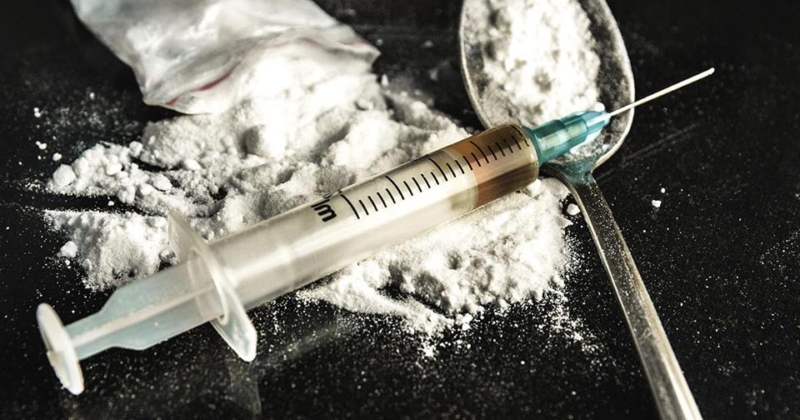
Heroin and opioid abuse spans age, race and ethnicity, and locality: Overdoses are increasing in both urban and rural communities.
Here are some warning signs of addiction:
Paraphernalia is a clear indication of drug use: small plastic baggies, rubber bands or shoelaces used as tourniquets, burnt spoons and cotton balls used as filters to reuse needles. Other tell-tale signs include having prescription bottles belonging to other people.
Frequent sleep, such as nodding off at the dinner table, is a clue that an addiction might be present. A shift away from normal focused patterns of eating and sleeping. Changes in friends, changes in appearance or grades. Slow movement, weight loss or gain, pinpoint pupils, difficulty breathing, dry mouth or dry nose, a lack of or change in hygiene, puncture marks on arms, legs or other parts of the body.
Frequently recurring flu-like illness, with nausea and vomiting, diarrhea, sweating, shaking and joint pain, can be a sign of opioid withdrawal. Withdrawal may also be accompanied by mood changes including instability, nervousness, paranoia, and anxiety.
Changes in participating in family functions including behaviors that isolate the person from family and friends, including arriving late, leaving early and making up excuses to miss activities.
Secretive behavior, such as lies or stealing, might give an indication that the person is hiding something. Signs such as missing medicine, money or jewelry.
If you suspect your loved one is using drugs, there is help available in your community.
